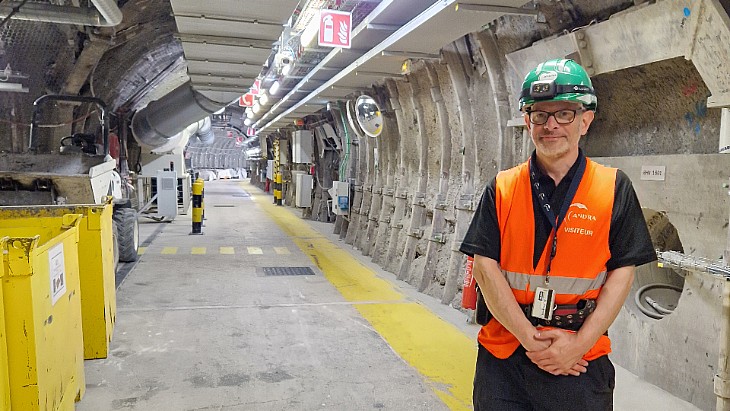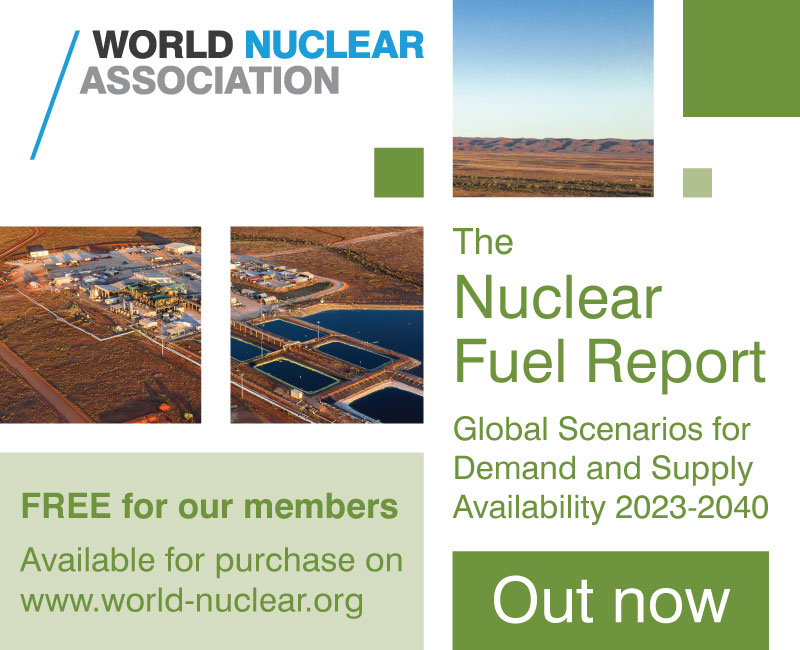Swedish regulator calls for upgrade plans
Sweden's nuclear power plant operators have until the end of 2015 to submit plans to the country's regulator on implementing permanent safety improvements by 2020 to ensure independent reactor core cooling.
In October, the Swedish Radiation Safety Authority (SSM) announced a two-stage set of upgrades it wants to see at the country's ten operating nuclear power reactors.
By 2017, all reactors should have independent systems to ensure power and water are available for emergency cooling for a period of 72 hours. This is in common with post-Fukushima upgrades undertaken in many countries, and already in progress in Sweden under the power plant operators' own initiative. SSM said this requirement could be met by means such as mobile diesel generators and external water storage.
By 2020, SSM wants the plants to have a "robust permanent installation that includes power supply and systems for pumping of water and an external water source independent of those used in existing emergency cooling systems." This is significantly more complicated, requiring engineering deep within the reactor building and potentially its primary coolant circuit.
SSM has now said that power companies must submit an implementation plan by the end of June 2015 for the temporary measures to be implemented by 2017. They must also submit a plan by the end of 2015 for implementing the permanent measures required by 2020.
The regulator noted that for those reactors that utilities plan to retire in the few years that follow 2020, the power companies can "apply for a modification of the conditions of the requirements to install a system of independent core cooling."
Oskarshamn 1 as well as Ringhals 1 and 2 are slated to close between 2022 and 2026, while the country's seven other units are expected to close between 2034 and 2045.
The director of SSM's nuclear safety department Michael Knochenhauer said, "We are now raising the requirements for all reactors. Independent core cooling reduces the risk of meltdown in an accident and that of a major radioactive release to occur."
Researched and written
by World Nuclear News


_58601.jpg)










